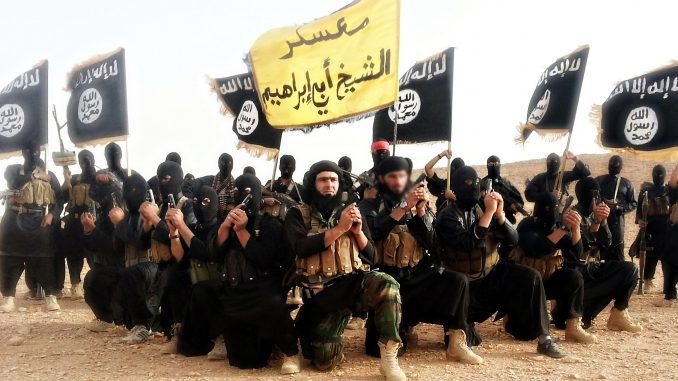
Having experienced many situations where they had to explain to their foreign acquaintances where Lithuania is on the map, many Lithuanians were baffled, wondering how IS even knows about their country. Some even turned to the usual suspects – suggesting the video might have been part of a propaganda campaign by Russia.
Such seems to be the supposition of Darius Jauniškis, the head of Lithuania’s State Security Department. He has publicly stated he sees “parallels” between the video attributed to IS and Russian propaganda messages.
“First, one must look into where these messages are coming from, where they are produced. If we look at informational operations conducted by our eastern neighbour [Russia], we can see links. There are very interesting parallels between their [Russian] messages and the others [IS video]. In no way can we deny that these messages are being sent purposefully,” Jauniškis said, somewhat cryptically, on the LRT TV programme “Savaitė”.
Political scientist Nerijus Maliukevičius, of the International Relations and Political Science Institute at Vilnius University, is not quick to dismiss Jauniškis’ suggestion. He says that the video, voicing threats to sixty nations, has more similarities with Russian propaganda production than with that of Islamic State.
“I was indeed baffled when I first watched the video message. I saw many similarities with propaganda videos produced by the Kremlin and Kremlin-linked groups. For example, there was a video called ‘I Am the Occupier’. [The latest IS video] reminded me more of this one than other IS productions which contained brutal images and massacre – that’s the way they broadcast their ideas,” Maliukevičius says.
He adds that the latest video would also be a departure from IS style.
“They [other IS videos] were simply different. If they contained general threats – even if directed at Vladimir Putin – they were shot under battlefield-like conditions, people climbing on SUVs. Brutal murders have become the ISIS brand.
“In this case, we have sleek images that include flags of sixty countries, probably assuming that all these countries will report and talk about it,” Maliukevičius says.
He also notes that Russia is currently eager to portray its actions in Syria as being in the interests of most other countries that want to see IS defeated. The video shows flags of sixty countries, including Russia’s, this way grouping them all together.
However, not everyone in Lithuania believes one should look for a Russian connection everywhere. Aurimas Navys, information operations head at the International Security Cluster, says that just because something seems to further Russia’s interests, it does not mean it must bear Moscow’s fingerprints.
According to Navys, Islamic State produces much propaganda which is diverse in style and subject matter, so it is perfectly possible that the latest video was, too, made by the terrorist organization.
“We cannot blame everything on Russia. Sure, we can look for links, but it would be going too far in this case,” Navys believes.
In general, he adds, reactions in Lithuania to the IS video have been disproportionally inflated.

Be the first to comment